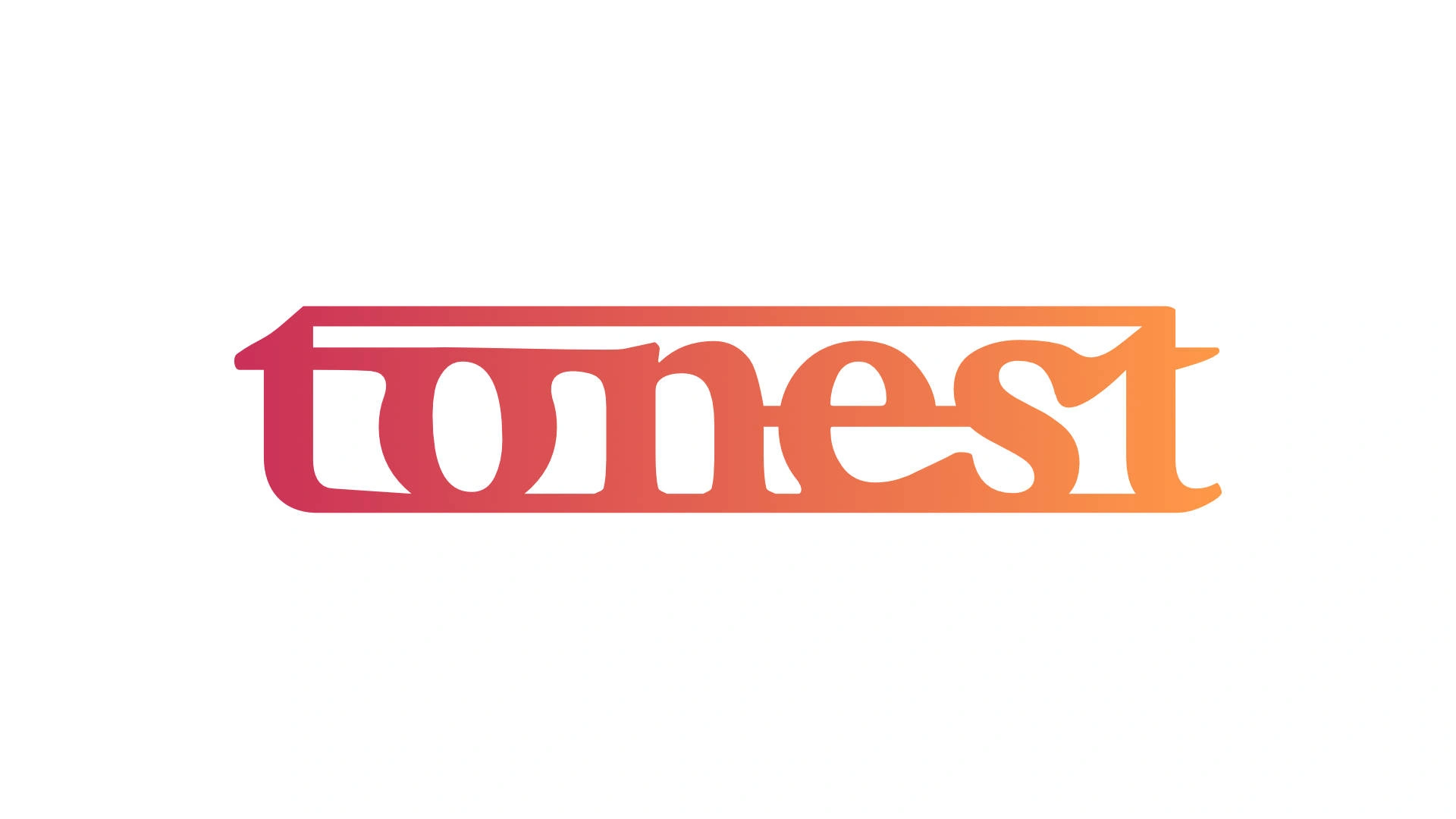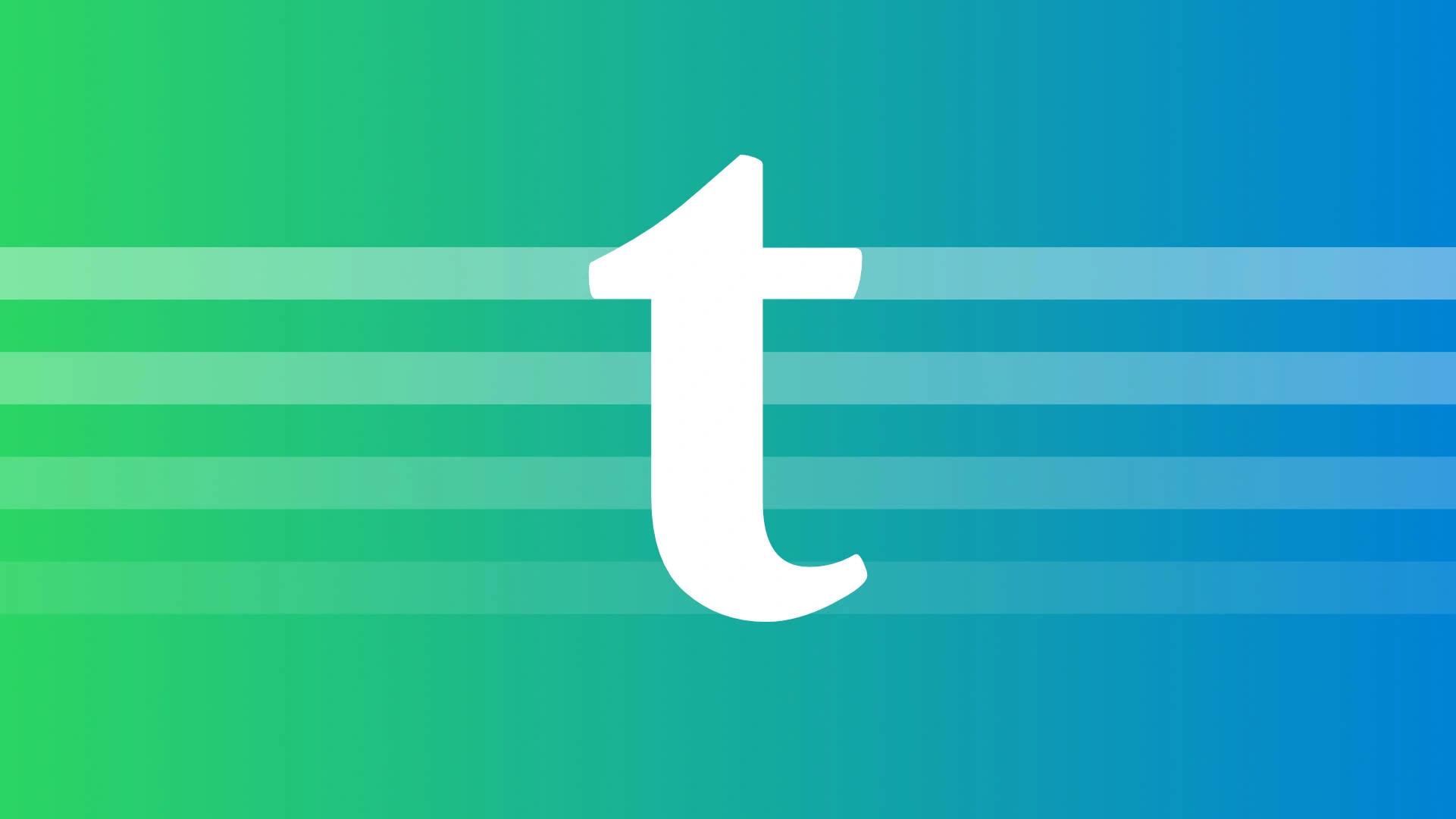Tonest
2020
Tonest helps you practice singing in tune or tuning your instrument. Tonest is made in Flutter and can be downloaded on Google Play. The app comes with a history graph and built-in piano (with all octaves).
Related projects
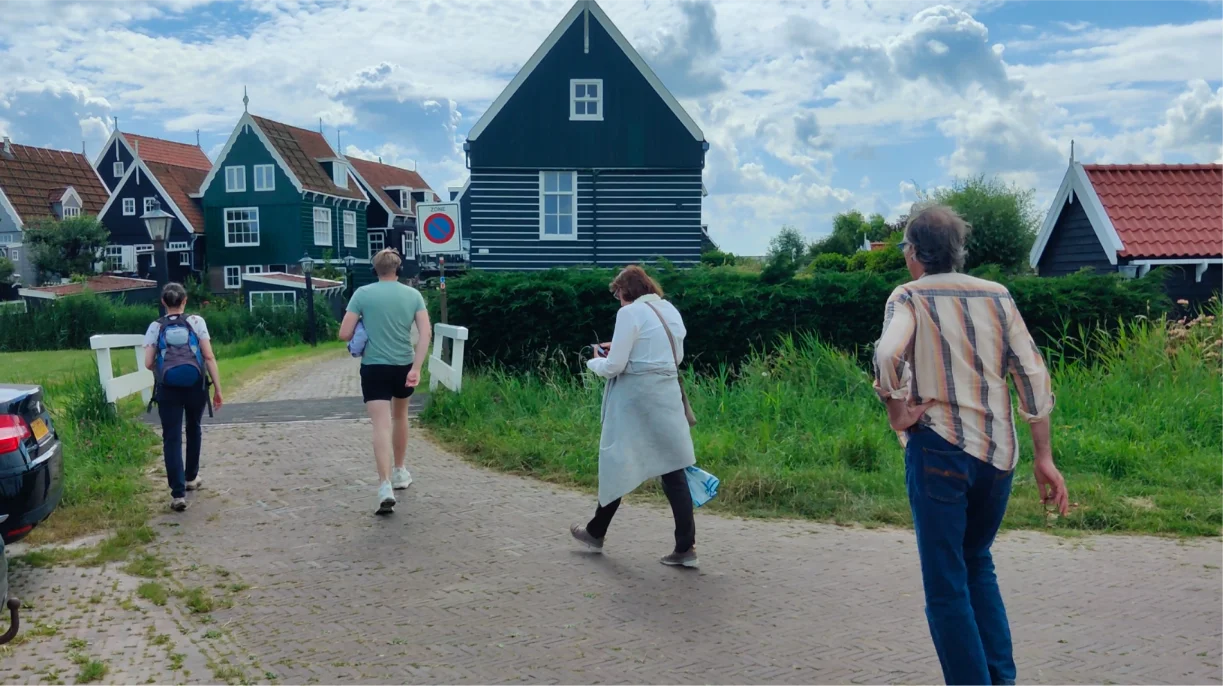

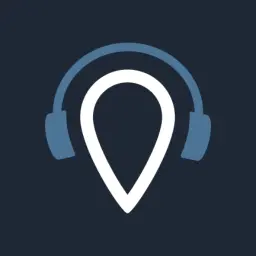
"Het water komt" prototype
For the upcoming series "Het water komt," the innovation team of NTR wanted to investigate whether a podwalk in combination with AR would be a good match. To validate this, I developed a prototype in two weeks. With this prototype, a podwalk could be walked in Marken, and there were AR points where a 3D model was shown on location. By testing this prototype with the target audience, we could quickly gain insights into the potential of this combination.
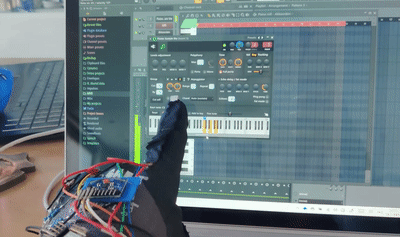

Gloves
During this project, Marlène Zwetsloot and I developed prototype gloves that could be used as an instrument. With AI, custom gestures could be trained that could then be connected to any music program.
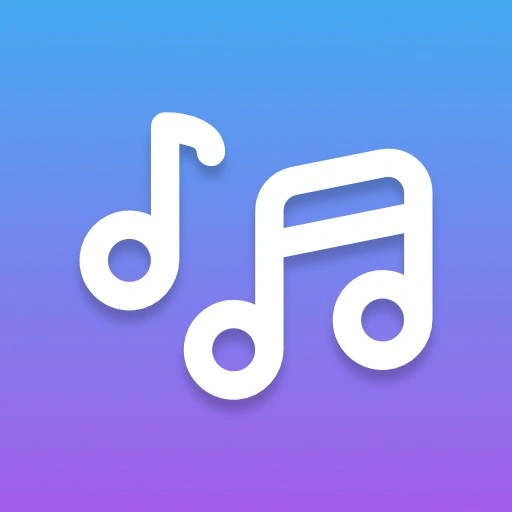

MuseBlocks
Everyone can make music with the blocks in MuseBlocks. Made as a school project but never published. Contact me to learn more!
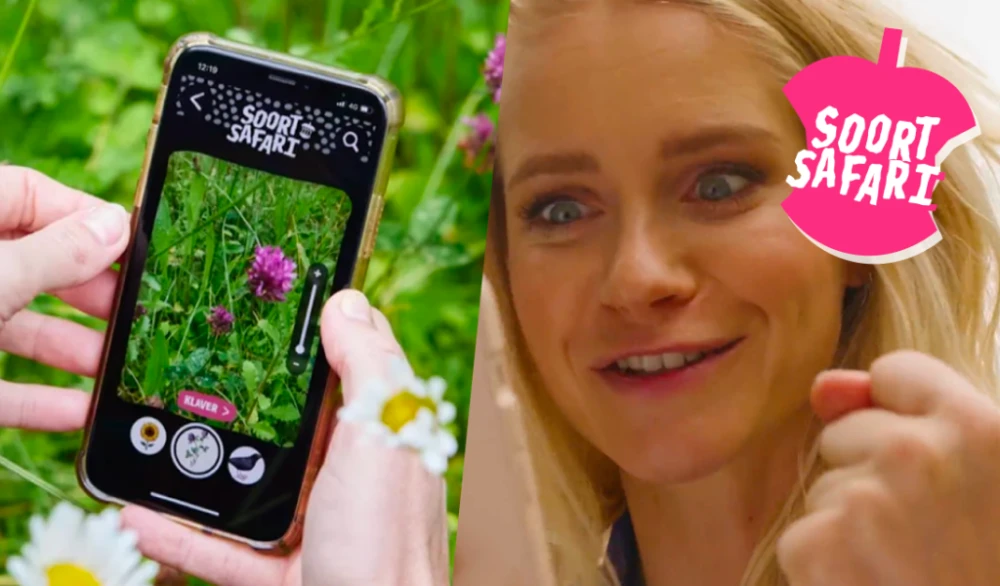

Klokhuis SoortSafari
Over the past 1.5 years, I developed this app for Het Klokhuis, allowing kids to discover nature everywhere - even in the city! Ready for a SoortSafari? There's a new species every week, so collect all 52! For each species, Het Klokhuis presenters search for it in a vlog. Did you know this is Het Klokhuis's first production with built-in audio description in videos for blind and visually impaired users? No separate app or device needed. The image recognition is provided by Naturalis Biodiversity Center Netherlands and Waarneming.nl.
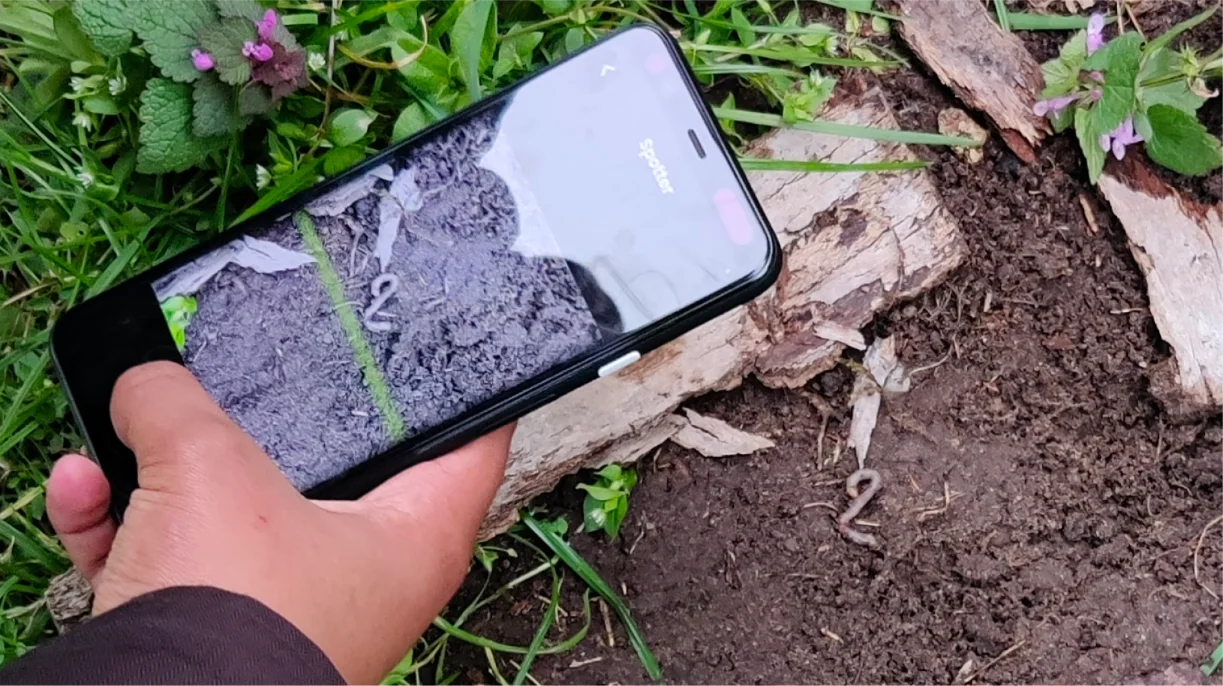

SoortSafari prototype
Het Klokhuis sought an engaging way to teach children about nature around them. The concept of SoortSafari emerged from my earlier research at NTR and drew inspiration from Het Klokhuis' Dierenzoeker, which allowed users to identify animals they had discovered. With SoortSafari, the approach is reversed: the app provides users with assignments that send them into nature. The prototype featured a calendar and a quartet-style overview of plant and animal species. To complete assignments, users take photos, and AI technology determines if the correct species has been identified. This allows children to build their own collections and learn about nature in a playful, hands-on way. The prototype was met with great enthusiasm. Children engaged with it for more than 45 minutes and even climbed on top of each other to capture better photos of a pigeon perched in a tree. Based on these observations and insights, we began developing a production-ready version to expand on this promising concept.
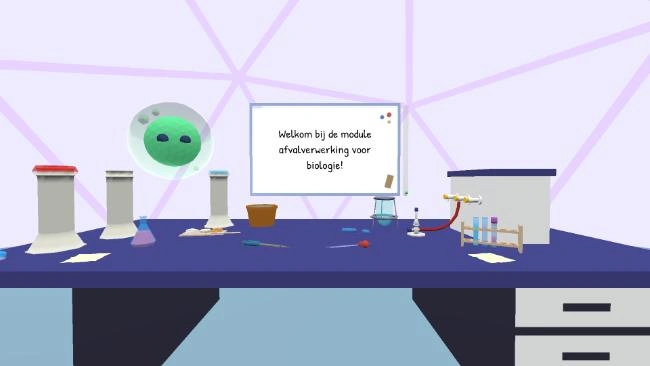

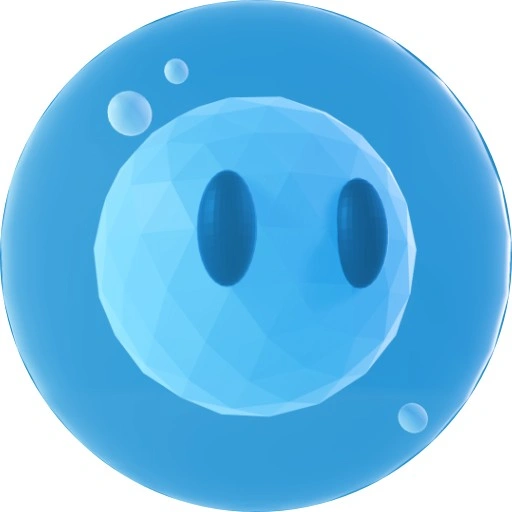
Saibo's Lab 2
Saibo is the super helpful virtual teacher who helps you with the rules for lab safety. To enrich education, we developed a virtual reality app for the Biology and Medical Laboratory Research program on behalf of Hogeschool Leiden. The app will also be used by mboRijnland and secondary schools. This app was developed in collaboration with Marlène Zwetsloot and Kim Hoogland.

